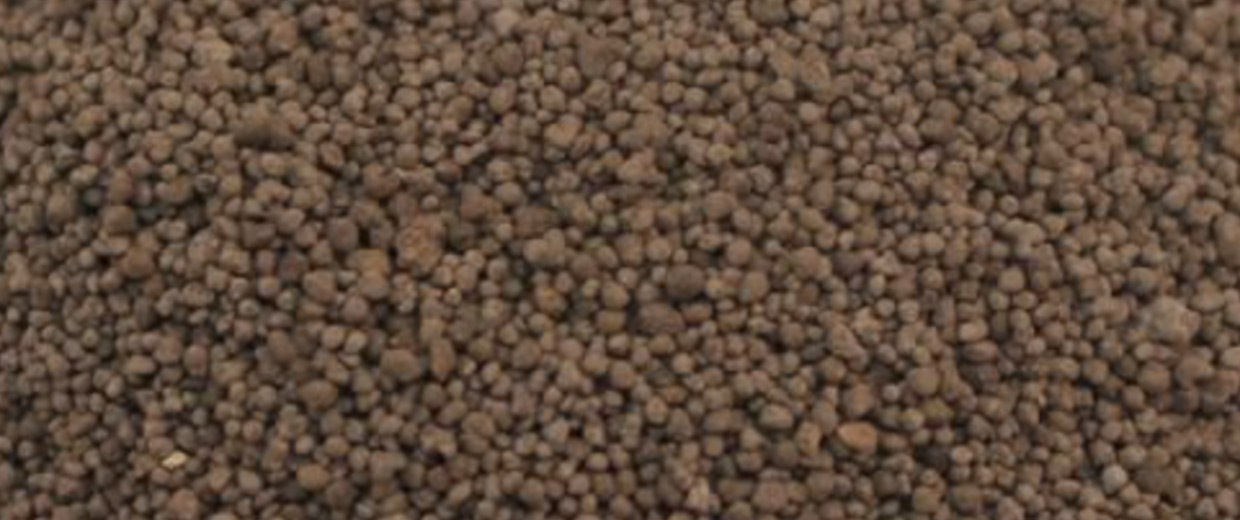
02 Apr Agronomy Update – April 2nd
Hi everyone. I hope that you all had a great March Break/Easter weekend.
Now that “meeting season” is over, I’m working on getting 2024 trials finalized in the next couple of weeks. A couple of project areas I would like to explore with any interested growers:
Long-term cover crop/reduced tillage
- I am looking for a farm interested in setting up a field that will be potatoes in 2024 to assess the long-term impact on soil health and carbon sequestration of practices such as fall (post-harvest) cover cropping every year, reduced tillage, and/or increased used of perennial forages.
- Project involves soil testing for a number of soil quality and soil health metrics as well as working with me to determine what your suite of “regenerative” practices will be compared with your standard or prior practices (the check)
- There will be a small grower incentive to participate in the project each year for four years.
- Part of the FVGC/CPC National Cluster Project. You will be known as a “Flagship Farm” for regen ag practices under this project.
Comparison of Crop Rotations
- Looking for farms interested in comparing a 3 year crop rotation with a cash crop every year but with max possible use of fall cover crops compared with standard potato/grain/forage rotation, possible also comparing potato/two year mulch crops.
- Trial fields would have been in potatoes in 2023, not yet seeded for 2024. Potatoes again in 2026. Will consider fields already planted with winter wheat if there is part of the field not planted or paired with an unplanted field on same rotation.
- Will do SWAT mapping of field if not already done, soil sampling, and yield sampling of any cash crops as well as biomass analysis of cover crops/mulch crops.
- Project under AIM Soil Working Group.
Watch for additional calls for trial participation in future weeks.
Examining Phosphorus Rates:
As we get closer to planting, many growers are working with agronomists and suppliers to set fertilizer blends and rates. One area I would recommend many growers to pay extra attention to is phosphorus (P) rates.
For many years, we have been liberal in our use of P. This was for sound agronomic reasons, as we generally had lower pH soils (5.3-5.8) to control scab and the high aluminum (Al) and low pH in our soil bound P and made it less available. However, as many farms have increased pH to high 5’s and 6.0 and above, P is much less bound by Al and is much more available to the crop, requiring less to be applied.
Previous research on PEI by Dr. Judith Nyiraneza at AAFC, in partnership with the PEI Dept of Agriculture and a number of growers, found that for fields with P/Al ratios of 10 or higher, there is significant opportunity to reduce P rates without a reduction in yield. There is a factsheet available on the PEI Dept of Ag site that goes into further depth on this.
Think about it this way: if you have soil tests that are 300 pm for P2O5, that means you have 600 lbs/ac of P2O5 in the top six inches of soil. A 400 cwt/ac potato crop needs 80 lbs/ac of P, and only 60 lbs/ac is exported with the tubers.
As part of a 4R approach to nutrient management, take a look at which fields on your farm might be candidates for reducing phosphorus. There have been a good number of trials done on grower fields over the last decade that have overwhelmingly shown that, under the right conditions, there is ample room to look at reducing P rates.
Great candidate fields to consider reducing P include fields with:
- pH of 6.0 or higher
- fields without huge variability in pH
- fields with P/Al % ratio of 10 or higher (consult your soil test reports)
- fields with high ppm P2O5 (400+ ppm)
I am looking for a couple of growers interested in demonstration trials comparing their standard P fertilization rate with a reduced rate on fields that fit these criteria. If you would like to discuss, please reach out to me. More information on this and other fertility topics can be found in my January 2024 AIM workshop presentation (PDF | Video)
Seed For Sale:
There is a new Seed Availability Listing page on the Agronomy Website. If you have seed to list, please contact Amanda at the Board office to get your listing on the site.
Spudchat – New Episodes:
Another new episode of the Spudchat podcast was released today. This week, I talk with Tyler MacKenzie of ACS in New Brunswick, talking about their lab’s research into PVY and root lesion nematodes. Available here or whether you get your podcasts.
Have a great week everyone,
Ryan
